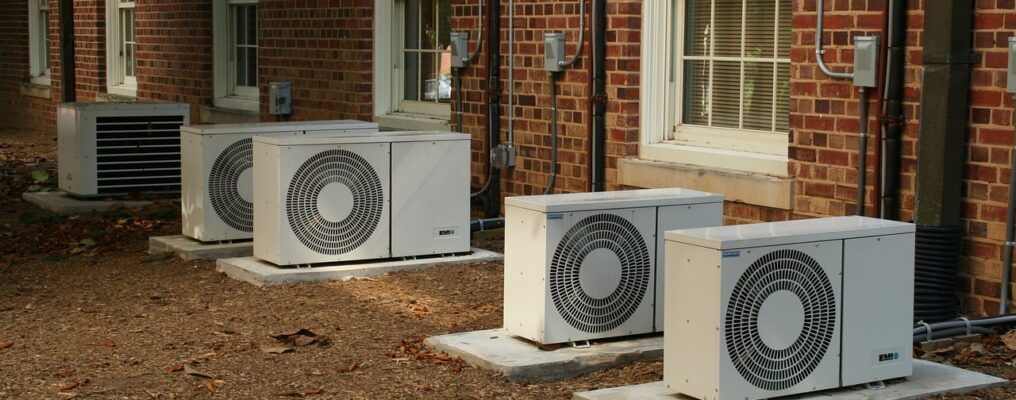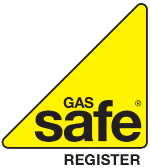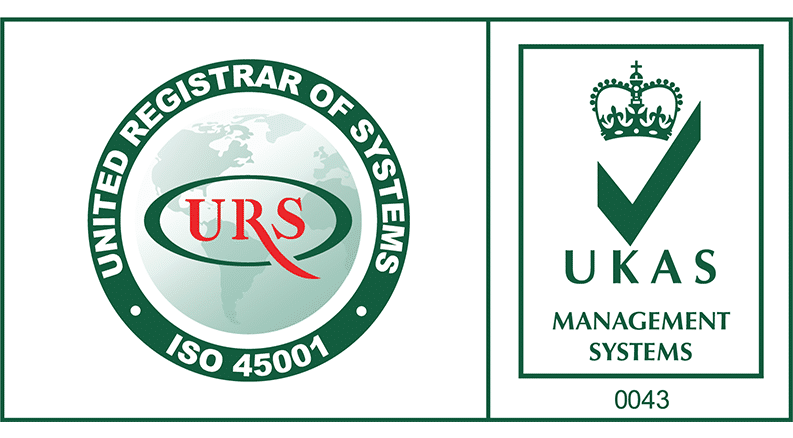
09/12/2024
Variable Refrigerant Volume (VRV) and Variable Refrigerant Flow (VRF) Systems
VRF (Variable Refrigerant Flow) and VRV (Variable Refrigerant Volume) are advanced HVAC technologies often used for efficient cooling and heating in commercial and residential buildings. These terms are often used interchangeably because they are essentially the same technology.
The key difference lies in branding:
- VRV is a trademarked term owned by Daikin, the company that pioneered the technology.
- VRF is the generic industry term used by other manufacturers such as Mitsubishi, LG, and Toshiba.
How do VRF/VRV systems work?
VRF air conditioning systems circulate refrigerant through a network of indoor and outdoor units. By varying the amount of refrigerant sent to each indoor unit, they provide precise temperature control in different zones. The system’s ability to modulate refrigerant flow (via inverter-driven compressors) contributes to its efficiency.
Benefits of VRF/VRV Systems
Energy Efficiency
VRF/VRV systems can adjust refrigerant flow precisely to meet demand, reducing energy consumption compared to conventional HVAC systems.
Heat recovery VRF/VRV systems can simultaneously heat and cool different zones, further optimizing energy use.
Zoning Capabilities
It is ideal for spaces with diverse temperature needs. Each indoor unit can be independently controlled, making it suitable for multi-zone buildings.
Compact Design
Outdoor units are relatively compact, making them suitable for buildings with limited space.
Quiet Operation
Designed for reduced noise, VRF systems are ideal for settings like offices and hotels.
Flexibility
Multiple indoor unit styles (wall-mounted, ducted, floor-standing) can be connected to a single outdoor unit, providing design flexibility.
Drawbacks of VRF/VRV Systems
High Initial Cost
Installation is more expensive than traditional split or ducted systems due to the complexity of the technology and the need for specialised technicians.
Complex Installation
Refrigerant piping, system design, and commissioning require careful planning and expertise; this is where we come in. Contact our air con team today.
Maintenance
Specialised skills are needed for servicing and repairs of VRF systems, which may lead to higher maintenance costs.
Capacity Limitations
For very large spaces, multiple outdoor units may be required, potentially reducing efficiency benefits. Not sure you have the space? Book a free site visit.
Typical Use Cases
Commercial Buildings
Office complexes, shopping centres, and airports benefit from VRF/VRV’s zoning capabilities and energy efficiency.
Hotels
Individual temperature control in guest rooms and common areas makes VRF/VRV systems a preferred choice.
High-End Residential Homes
Luxury homes with multiple rooms and areas requiring independent temperature settings often use VRF/VRV for its quiet operation and precise control.
Educational Institutions
Schools and universities can maintain comfortable environments in different rooms with variable occupancy.
Healthcare Facilities
Hospitals, clinics, and care homes benefit from quiet and efficient operations and the ability to maintain temperatures in different zones.
Work with Carlton Services
With over 40 years of experience, you can trust Carlton to handle your VRF air conditioning requirements. A VRF system offers advanced, energy-efficient, and versatile HVAC solutions for diverse applications.
While they require a higher upfront investment and technical expertise, the long-term energy savings and improved comfort levels make them a worthwhile option for medium to large-scale projects. Contact your local VRF air conditioning installers for a free site visit to discuss your needs.














